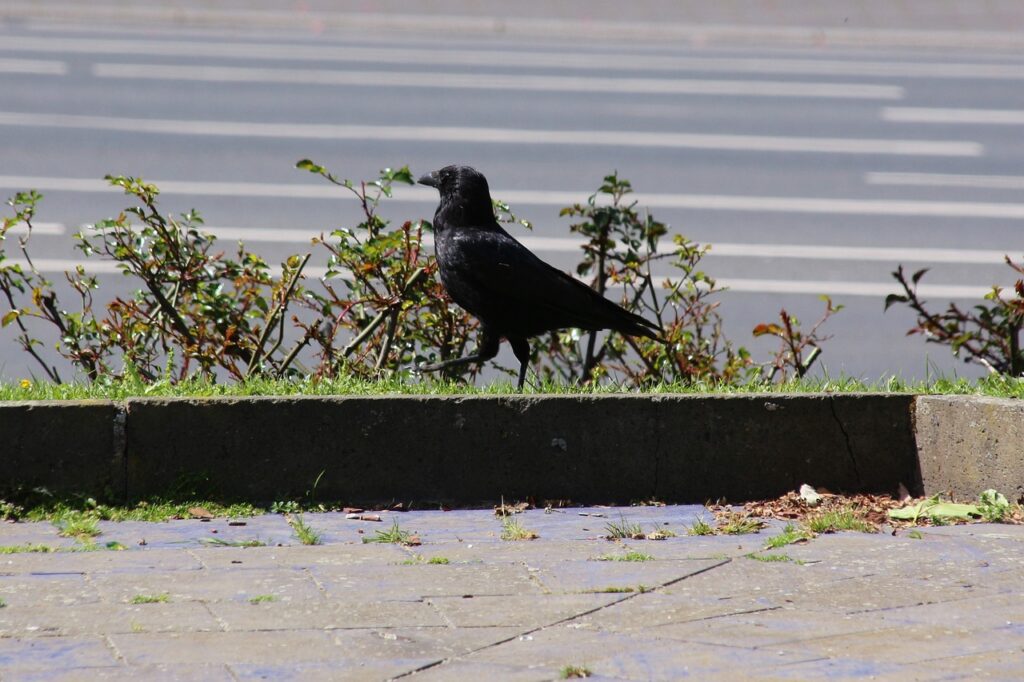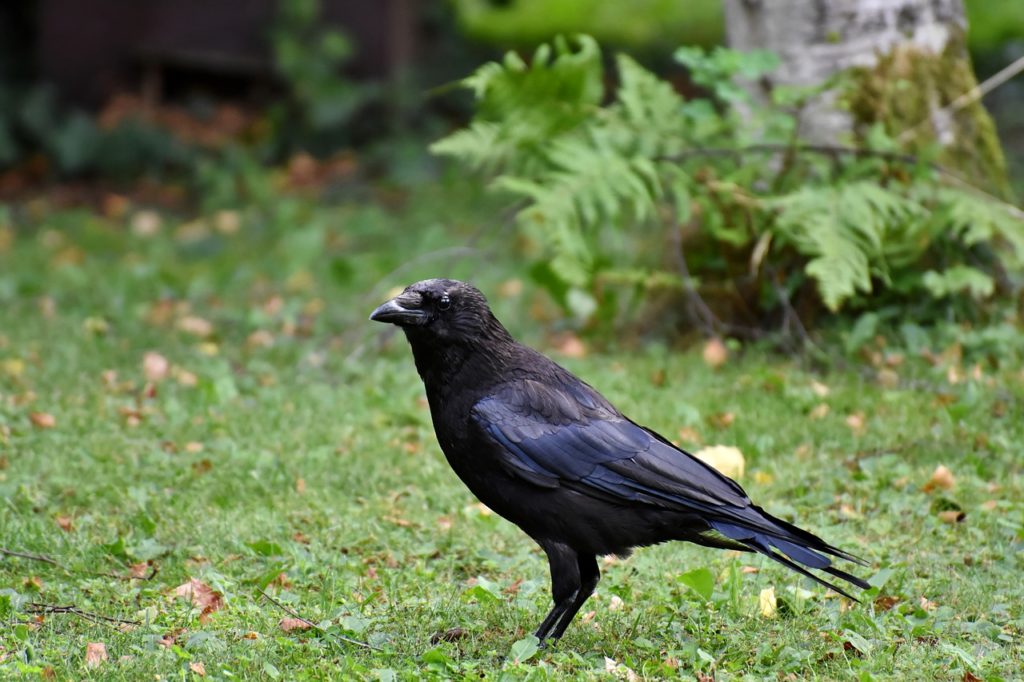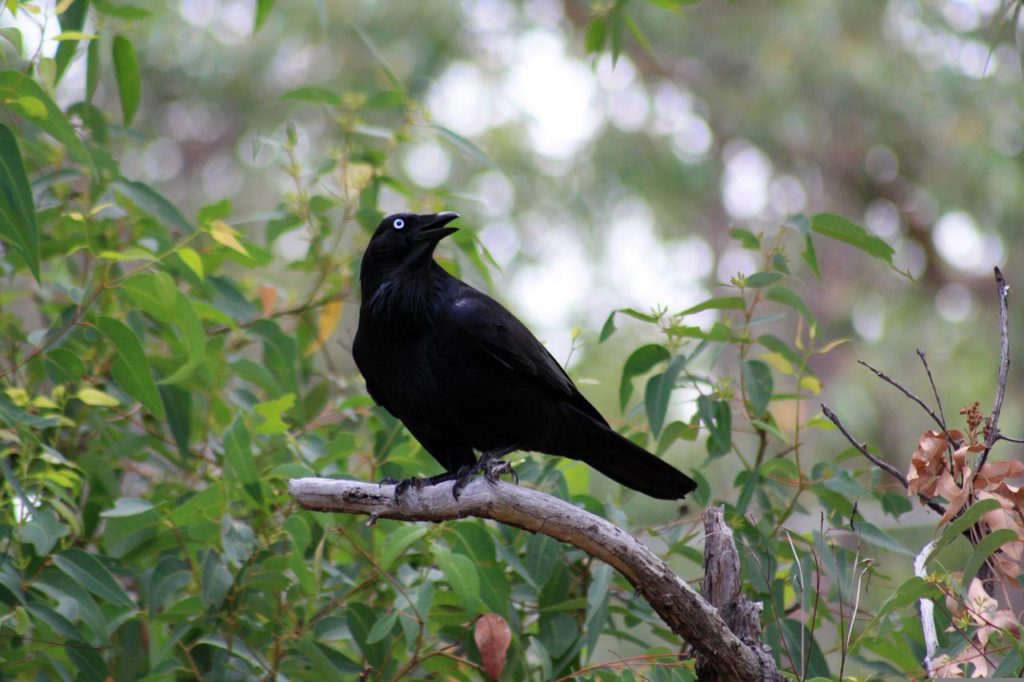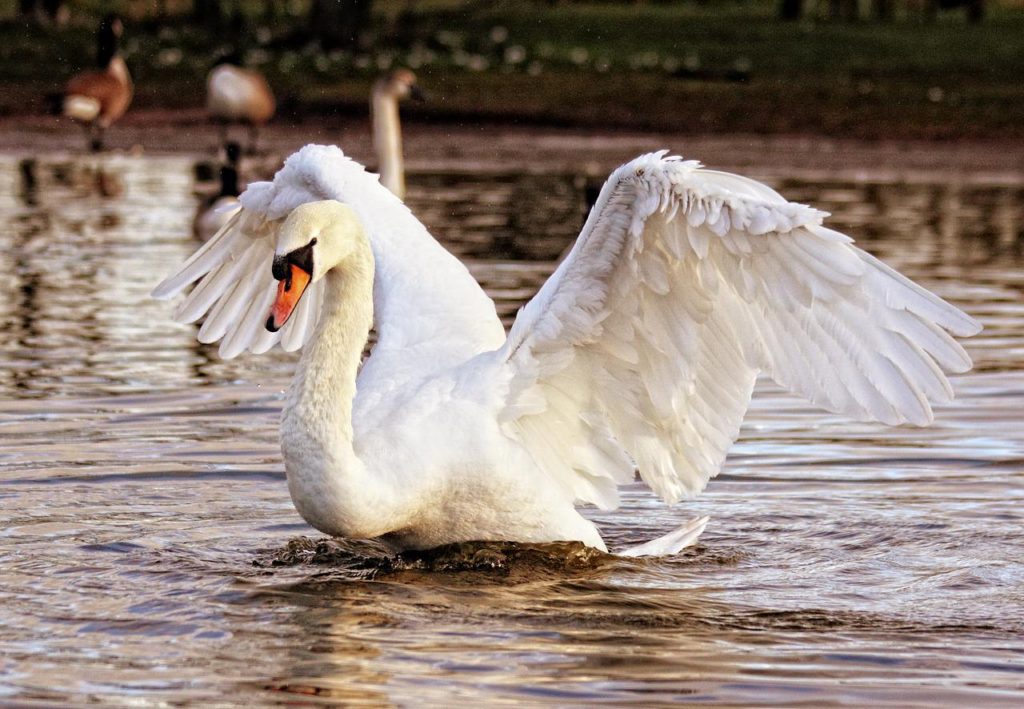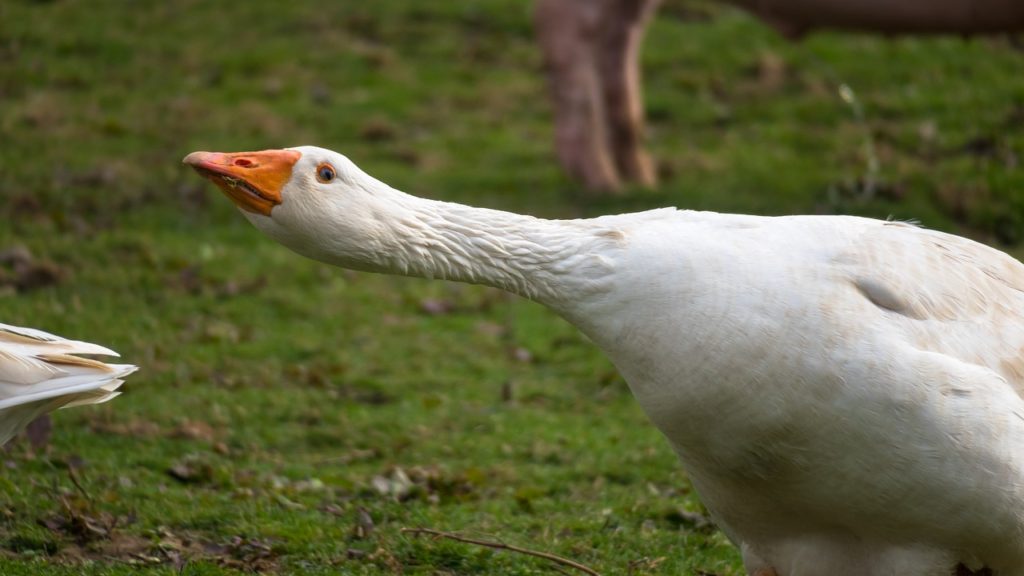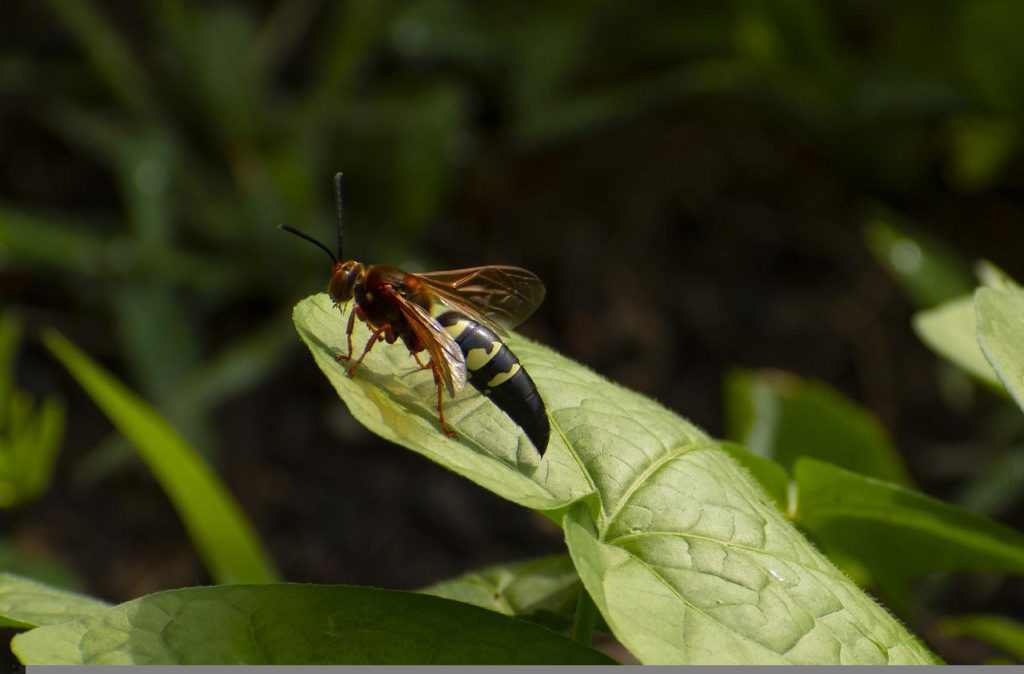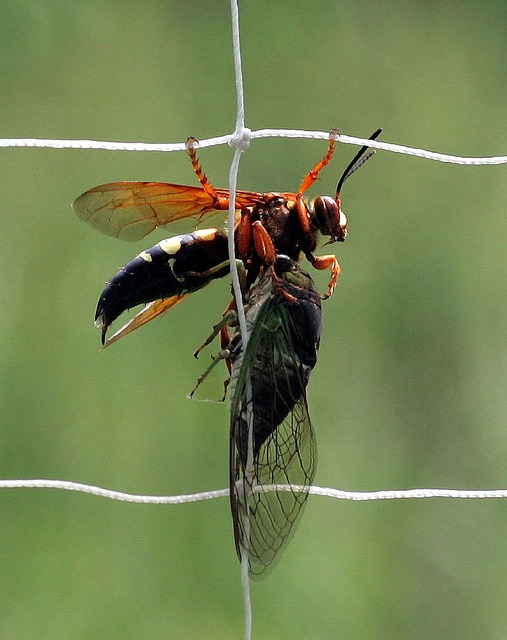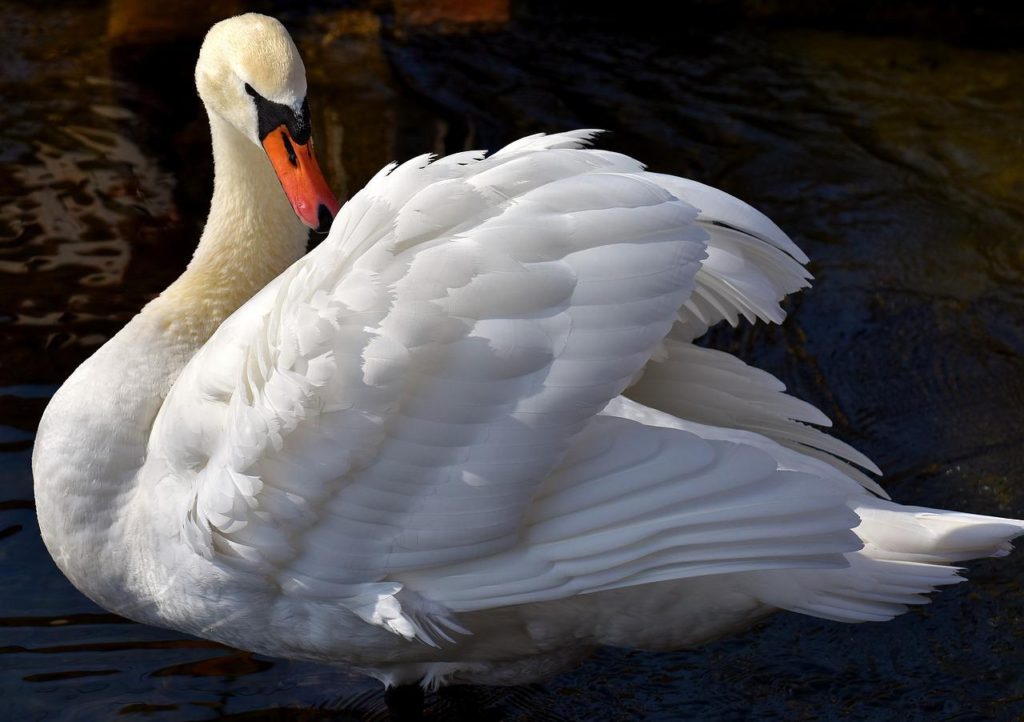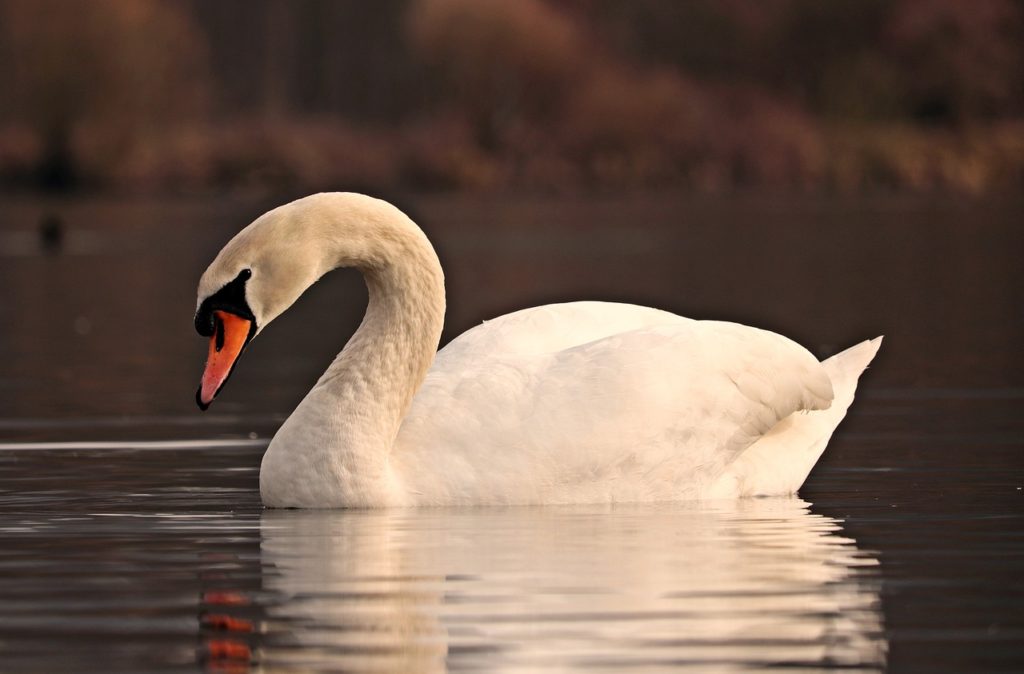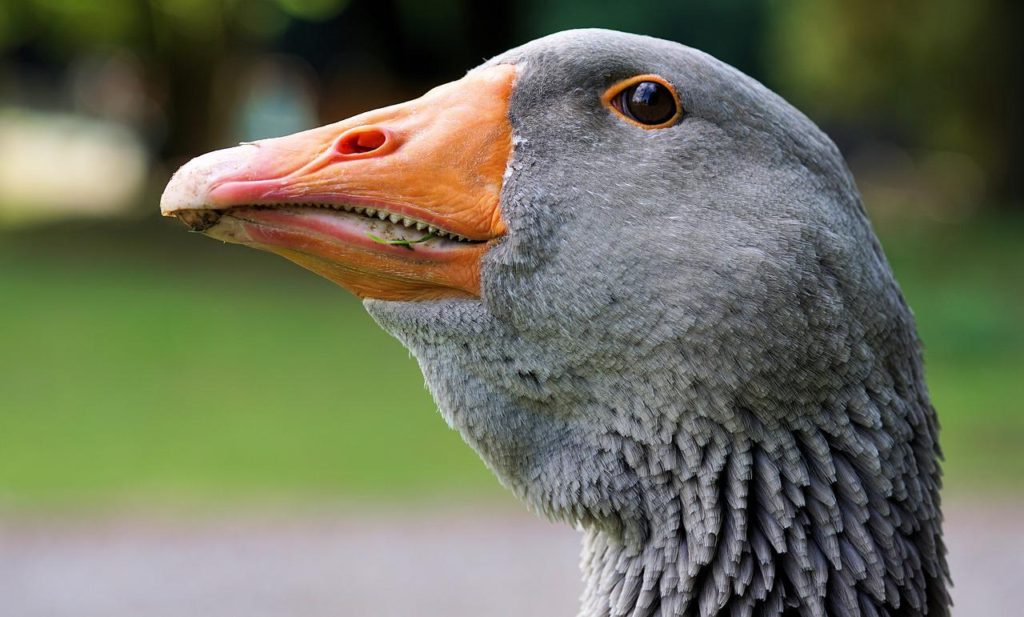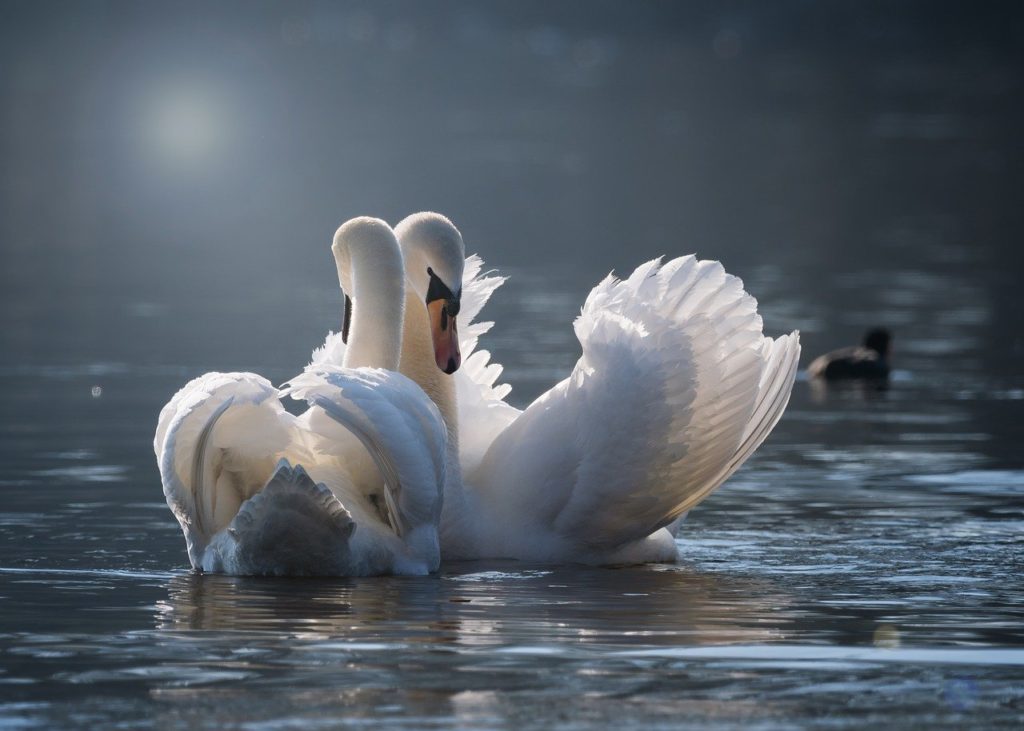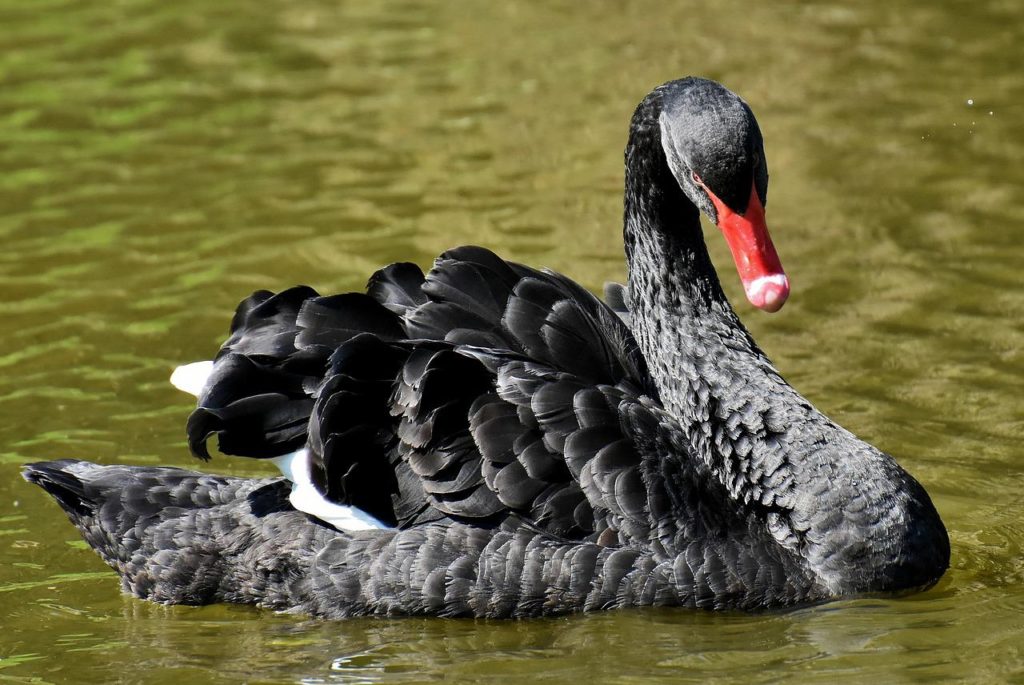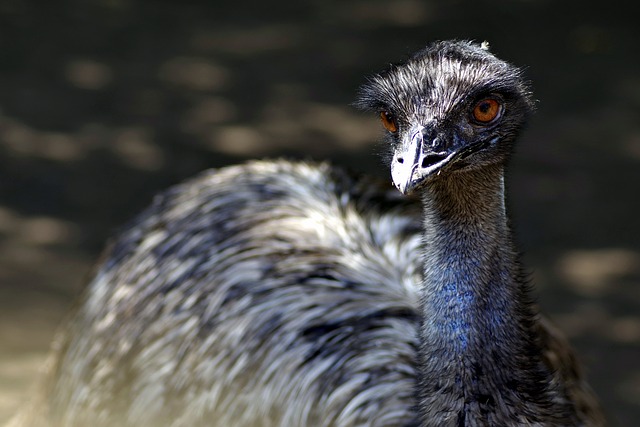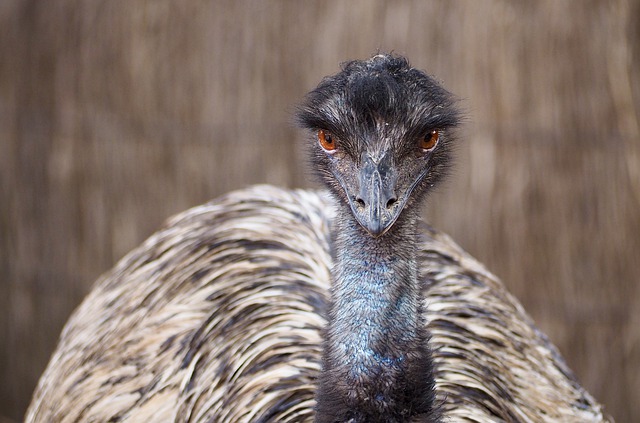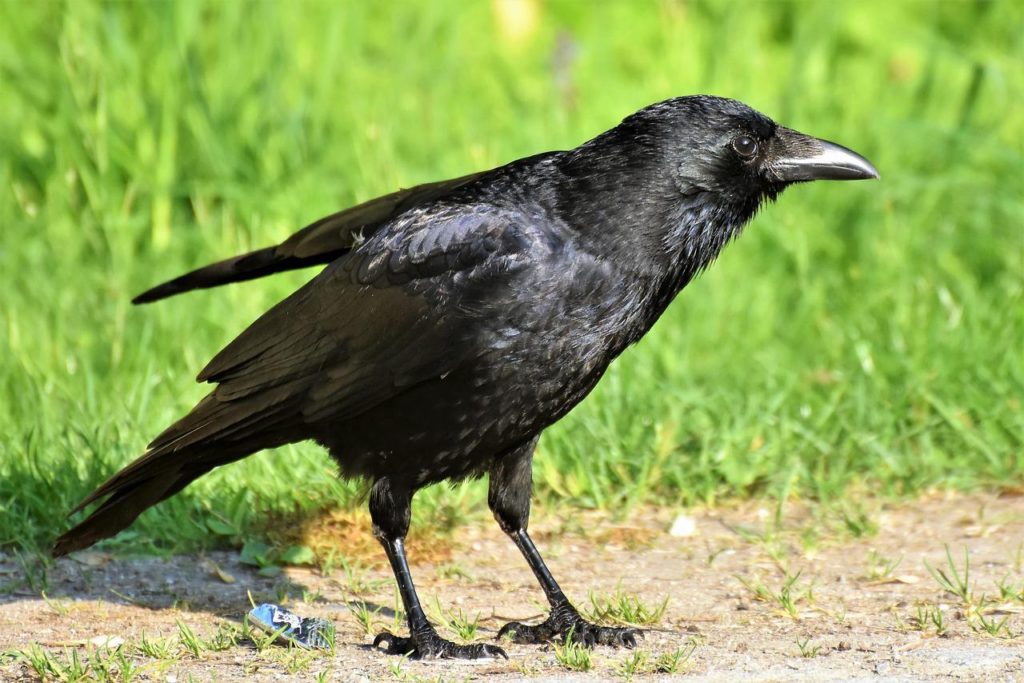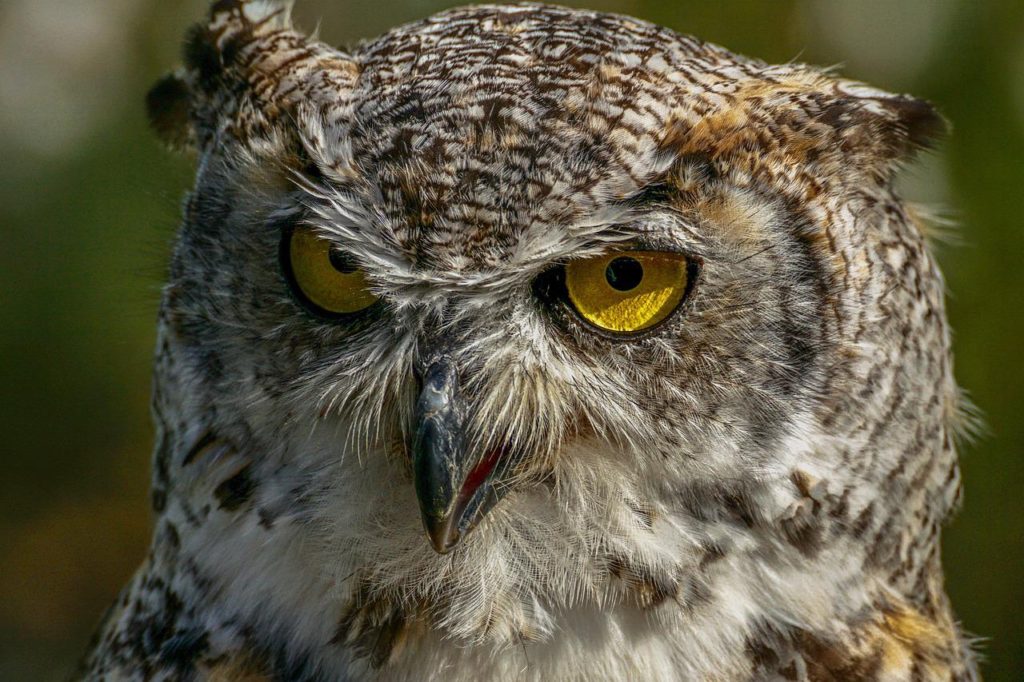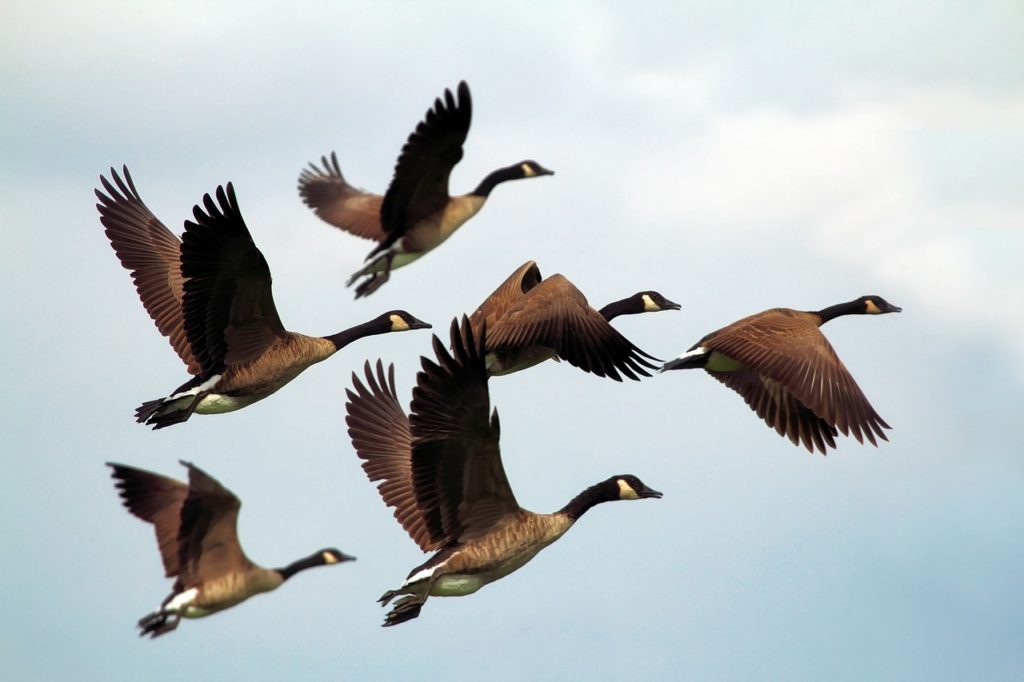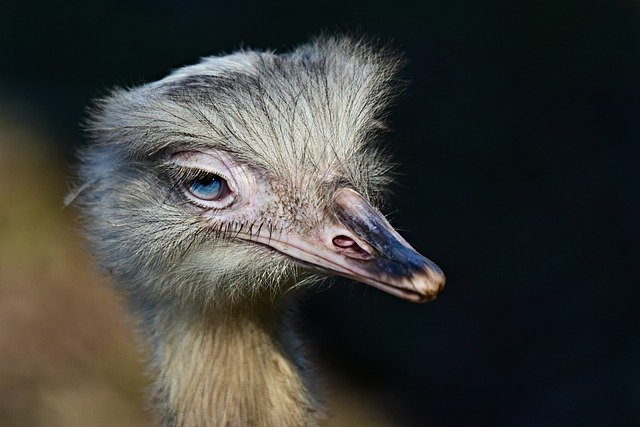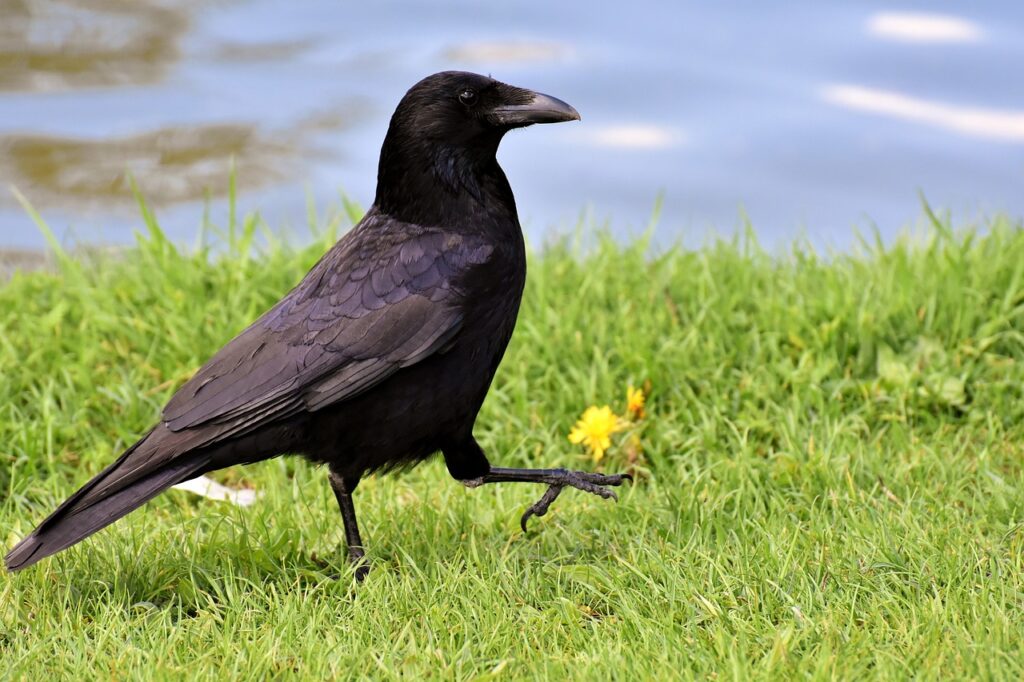
Crows are a common sight in many parts of the world. However, most of us don’t realize that these distinctive jet-black birds face a range of threats even when they are in our own backyards. The following are the main enemies of crows.
Natural Predators of Crows
One of the biggest dangers that crows face are natural predators. These are animals that have evolved to hunt and kill crows as part of their diet. Some of the most common crow predators include:
Hawks, Eagles, and Falcons
Birds of prey like hawks, eagles, and falcons are known for their sharp talons and keen eyesight making them formidable crow hunters. The peregrine falcon in particular is an expert bird hunter that often strikes and kills its prey in flight.
Owls
Nocturnal hunters like owls are an especially big threat to crows. Crows may be caught off guard by these silent nighttime hunters while roosting at night. And it is believed that one of the reasons crows roost in large numbers during the fall and winter months is for added protection against predation from owls.
Ravens
Ravens are often mistaken for crows. While they are closely related and look similar, ravens are bigger and stronger than their smaller crow cousins. They are one of the crows’ natural enemies as they raid crow nests, eating their eggs and young. Crows themselves are nest predators and are in turn a threat to the nests of ravens (and other birds of course).
Coyotes and Foxes
While it’s not a common occurrence every once in a while a coyote or fox may get lucky and surprise a crow on the ground. Or come across an injured crow. However, crows are incredibly wary birds and have the advantage of flight.
Snakes
Snakes are mainly a threat to a crow’s young. Tree-climbing snakes like rat snakes and black racers will climb up to nests eating any eggs or nestlings they find.
Human Threats to Crows
Humans are one of the most dangerous of all crow enemies since we are both a threat directly and indirectly. Some of the most common human threats are:
Hunting and Trapping
In many places, crows are considered to be a pest bird species. Hunting and trapping are used as a direct way to control their numbers and lessen any negative impact they may have on crops or the surrounding environment.
Poisoning
Crows are notorious for eating just about anything. And this can lead to them being poisoned. For example, if they consume foods that have been exposed to pesticides like crops or insects. Crows may also eat dead animals such as rodents that have been poisoned themselves which can be fatal. Contaminated water, pollution, and pesticides sprayed in their habitat can also be deadly for crows.
Habitat Destruction
Like almost all other animal species on the planet, crows can be negatively impacted by habitat loss. This makes it not only harder for them to find food but also a territory where they can mate and safely raise their young.
Vehicle Collisions
One of the most overlooked enemies of crows are actually vehicles. Crows are smart birds and they will regularly fly along roads looking for easy meals such as roadkill and trash. However, when they are occupied by eating or there is limited visibility they may not have time to take off in time to avoid oncoming vehicles and are killed or seriously injured.
How Have Crows Adapted To These Threats?
Crows are well-known for being extremely adaptable. And despite all of these threats, they have evolved a range of behaviors to help them deal with their enemies and stay alive as long as possible. For example:
Group Defense
Crows live in family groups. And when there is a potential threat the entire group may attack. They are known for mobbing, divebombing, calling loudly, and even physically attacking to drive their enemies away. Crows can be particularly aggressive during the nesting season and may even attack humans.
Nest Placement
To make things harder for predators, crows are selective about where they build their nests. They like locations that are high up and difficult for predators to reach. Utility poles and tree tops are particular favorites.
Food Caching
Crows hide their extra food for times when resources are scarce. However, they don’t put it all in one spot. That would make it easier for them to be ambushed once a predator realized where their cache was. And also for competitors to steal it all at once. So instead they hide their food in a range of different locations.
Vocalizations and Alarm Calls
As anyone who has experienced crows knows, they can be very loud. These birds have a range of calls they use to communicate information with each other including danger. In fact, they will place sentinels high up above them to keep watch while the rest of the group is feeding on the ground. And when any enemies of crows are spotted the sentinel can sound the alarm and the feeding crows can quickly escape.
Start Shopping for Birding Supplies!
What Are Crows Good For?
Crows are widely considered to be pests. However, these large and highly intelligent black birds actually serve quite a few important functions in the environment. So what are crows good for? Here's what you'll want to know. Pest And Parasite Management Crows are...
Are There Crows In Australia?
Crows are remarkably smart birds that also happen to be extremely adaptable. They navigate unfamiliar circumstances via observation and interaction. Crows reside in locations all over the globe. While they do not live in certain parts of South America, they do reside...
Why Are Swans Protected?
Swans are graceful and gorgeous creatures. They also happen to have protection in the United Kingdom, interestingly enough. Why are swans protected there, anyway? And does the Queen own all the swans? Yes, she actually owns any mute swans that are unclaimed in both...
Are Geese Dangerous?
Geese, in brief, are waterbirds that are quite substantial in size. Since they're often spotted on golf courses, at schools, and in community parks, people understandably tend to wonder whether they're safety threats. Are geese dangerous? Why Geese Attack...
Are Cicada Killers Dangerous?
One look at one of these huge wasps buzzing around, your yard, and it’s only natural to ask, “Are cicada killers dangerous?” Fortunately, these wasps are mild-mannered. But here’s what you’ll want to know. Cicada Killer Wasps Basics Cicada killers emerge from the...
Do Cicada Killer Wasps Sting?
As one of the biggest species of wasp in North America the cicada killer wasp can be intimidating. And because of their size, appearance, and scary-sounding name, many people wonder, “Do cicada killer wasps sting? The answer is yes and no, and here’s what you’ll want...
Alligator Snapping Turtle Facts
How Long Do Swans Live?
Swans are graceful and beautiful creatures and as such, people have many questions about them. They want to know about their mating rituals, their diet, their preferred habitats, and even their lifespans. How long do swans live for anyway? Swan lifespans actually vary...
What Do Swans Eat?
Swans are famously long-necked birds that are symbols of romance, love, beauty, and purity. Since these waterbirds have so many admirers, people often wonder about their eating habits, behaviors, and more. What do swans eat, anyway? Swan Basics Swans typically live in...
Birds With Teeth
Birds do not have teeth. However, there are quite a few that really look like they do! These birds have evolved special beaks which help them to perform important functions. So here are some of the most amazing birds with “teeth,” and what you’ll want to know about...
Do Swans Mate For Life?
Swans are famously elegant waterbirds that are known for their sizable bodies, webbed feet, and lengthy necks. People often associate them with romantic imagery and monogamy. Do swans mate for life? You can find the response to that common and rather fascinating...
What Are Black Swans?
What are black swans? Black swans (Cygnus atratus) are sizable waterbirds. This species primarily appears in Australia's southwestern and southeastern portions. The black swan is nomadic in its homeland. This bird, true to its name, is mostly black. Although the bird...
Emu Facts
Did you know? One emu egg can make an omelet that can feed up to six adults. Did you know that the emu is the only bird with calf muscles? Can an emu walk backward? Let us find out by exploring some of the most jaw-dropping emu facts. Emus Have Amazingly Powerful Legs...
Flightless Australian Birds
There are over sixty species of flightless birds in the world. These birds have lost their capability to fly through evolution, and several of them live in the “land Down Under.” So here’s a list of all the flightless Australian birds. Emu The emu is a large...
Are Crows Good Pets?
People all around the world see and hear crows on a daily basis. Although these intelligent and dark birds are practically ubiquitous, most people don't think of them as being household pets. Are crows good pets? The general consensus is that crows do not make...
Birds That Look Like Owls
Owls are typically solitary and mainly nocturnal birds. And although these well-known hooting creatures have a rather distinctive physical appearance, there are actually various other kinds of birds that resemble owls closely. And people sometimes mix them up. So...
Do Geese Fly?
Although geese are clearly birds, there are many individuals who do not necessarily associate them with flying. So, do geese fly? The honest answer is that these waterfowl do. They do not exactly slouch in the flying department, either. Many people are pleasantly...
When Do Cicada Killers Come Out?
Whether you dread them each year or are waiting for them to emerge and control the cicada population you may be wondering, “When do cicada killers come out? The answer is they come out each summer in late June or July. Here’s what you’ll want to know. Cicada Killer...
What Do Cicada Killers Eat When There Are No Cicadas?
What do cicada killers eat when there are no cicadas? Well, while cicada killer wasps do hunt cicadas, the adults don’t actually eat them or kill them, their young do. Read on to learn more! The Cicada Killer Diet While you may have seen cicada killer wasps flying...
Rhea Facts
Doting dads, did you know the male rhea builds the nest, incubates the eggs, and takes care of the young? The rheas are paragons of parental care. It’s a bird like no other, and you will be surprised by the following rhea facts. Rheas Are One Of The Best Dads In The...
